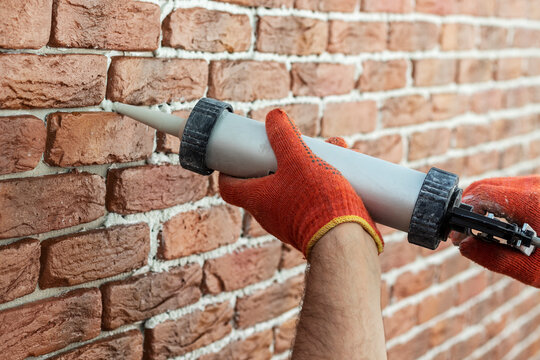From Cracks to Perfection: The Ultimate Guide to Brick Repairs

Image Source: Google
Brickwork has long been a popular choice for both residential and commercial buildings due to its durability, longevity, and classic aesthetic appeal. However, over time, bricks can develop cracks and other imperfections that can detract from the overall look and structural integrity of the building.
One of the most common issues brick repairs services that brickwork faces is the development of cracks. These can be caused by a variety of factors, including settling of the foundation, water damage, or simply the natural aging process of the bricks. To repair cracks in brickwork, start by cleaning out the cracked area with a wire brush to remove any loose debris and dirt.
Next, mix a small amount of mortar to a peanut butter-like consistency and apply it to the crack using a trowel. Make sure to press the mortar firmly into the crack to ensure a strong bond. Once the mortar has dried, use a brick jointer to match the surrounding brickwork's texture and finish for a seamless repair.
In addition to cracks, another common issue with brickwork is spalling, which occurs when the face of the brick starts to flake off or crumble. Spalling is often caused by water infiltration, freeze-thaw cycles, or poor ventilation behind the bricks. To repair spalling bricks, start by chiseling away any loose or damaged areas until you reach solid brick.
Next, mix a new batch of mortar and apply it to the damaged area, making sure to match the texture and finish of the existing brickwork. Allow the mortar to dry completely before sealing the repaired area with a waterproof sealant to prevent future damage.
For larger areas of damage, such as a section of bricks that have become loose or dislodged, it may be necessary to replace the affected bricks entirely. To do this, carefully remove the damaged bricks using a chisel and hammer, being careful not to damage the surrounding bricks.
Clean the area where the bricks will be replaced, and then apply mortar to the back of the new bricks before carefully pressing them into place. Use a level to ensure that the new bricks are properly aligned with the existing brickwork, and then allow the mortar to dry before finishing the repair with a waterproof sealant.
Another common issue with brickwork is efflorescence, which manifests as a white, powdery residue on the surface of the bricks. Efflorescence is caused by water-soluble salts within the bricks being brought to the surface by moisture. To remove efflorescence from brickwork, start by scrubbing the affected area with a stiff brush and water to remove the residue.
Next, mix a solution of water and muriatic acid in a 10:1 ratio and apply it to the affected area using a brush. Allow the acid solution to sit for a few minutes before rinsing the area thoroughly with water. Be sure to wear protective gloves and eyewear when working with muriatic acid, as it can be caustic to the skin and eyes.
Preventative maintenance is key to keeping your brickwork looking its best and avoiding costly repairs down the line. To protect your brickwork from the elements, consider applying a waterproof sealant every few years to help repel water and prevent damage.
In conclusion, brick repairs may seem daunting, but with the right tools and techniques, you can keep your brickwork in top condition for years to come. By following the steps outlined in this guide, you can address common issues such as cracks, spalling, efflorescence, and more to ensure that your property remains structurally sound and visually appealing.